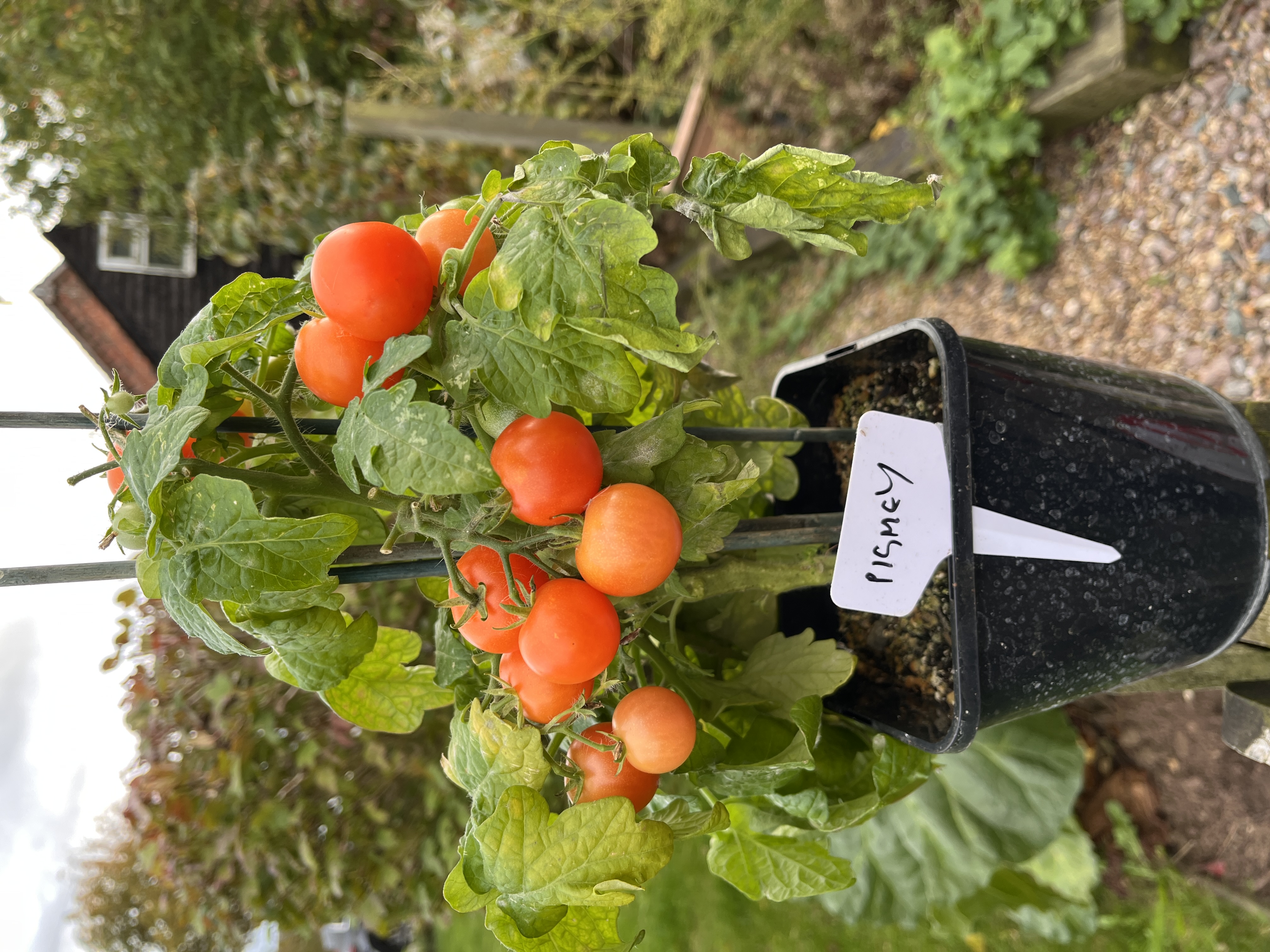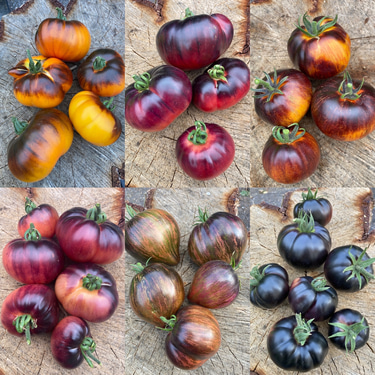
Pygmy
10-15 tomato seeds
£4.95
Out of stock
Pygmy (Pigmy) Micro Dwarf Tomato (10-15 seeds)
The Pygmy (or Pigmy) tomato is a popular variety that falls into the category of Micro Dwarf tomatoes. It is highly valued for its extremely compact size and suitability for small-space gardening.
Plant and Growth Characteristics
Plant Type: Micro Dwarf, Determinate (Bush Type)
As a micro dwarf, it is one of the smallest tomato plants available.
As a determinate variety, it grows to a set size, produces its fruit in a concentrated period, and then stops growing. This means it requires no pruning of side shoots and generally needs little to no staking or support.
Size: Ultra-compact.
The typical height is very small, often ranging from about 15–20 cm . Some sources also suggest it can reach up to 30–45 cm in very large containers or ideal conditions.
Leaves: Regular leaf type.
Time to Harvest: Very Early. It is generally ready for harvest in about 90-95 days from seed sowing.
Fruit Characteristic
Type: Cherry Tomato
Colour: This Pigmy variety produces bright red fruit, but a 'Yellow Pigmy' micro dwarf variety is also available.
Size: Small, bite-sized, round cherry tomatoes. The red variety may be around 25–30 grams each.
Flavour: Pygmy has a bright, sweet and refreshing flavour, sometimes noted as being slightly more tangy than sweet.
Productivity: It is considered a prolific cropper, producing a large number of fruit clusters for such a tiny plant.
Ideal Uses and Growing
The Pygmy tomato is a favourite for small-space and indoor gardening due to its miniature size
Containers: It is perfect for growing in small containers, such as 15–20 cm pots.The size of the pot can be used to control the final size of the plant and its yield.
Location: Excellent for windowsills, balconies, decks, small urban gardens, and indoor setups under grow lights.
Culinary Uses: The bite-sized fruit is ideal for:
Snacking straight from the vine.
Adding to salads and lunchboxes.
Skewers, antipasti platters, or roasting.
General Micro Dwarf Growing Tips:
Sunlight: Requires full sun (at least 6 hours per day).
Soil and Potting: Needs well-drained, rich potting mix. A final pot size of about 15–20 cm is often recommended to maximise its potential without taking up excessive space.
Watering: Water regularly to keep the soil evenly moist, but avoid over watering, as inconsistent watering can lead to issues like blossom end rot.
Feeding: Feed with a balanced liquid fertiliser every 10–14 days, switching to a high-potash feed once the first fruits begin to set.
Pollination (Indoors): As a self-pollinating plant, you can help pollen transfer by gently tapping or shaking the plant when it is flowering.
